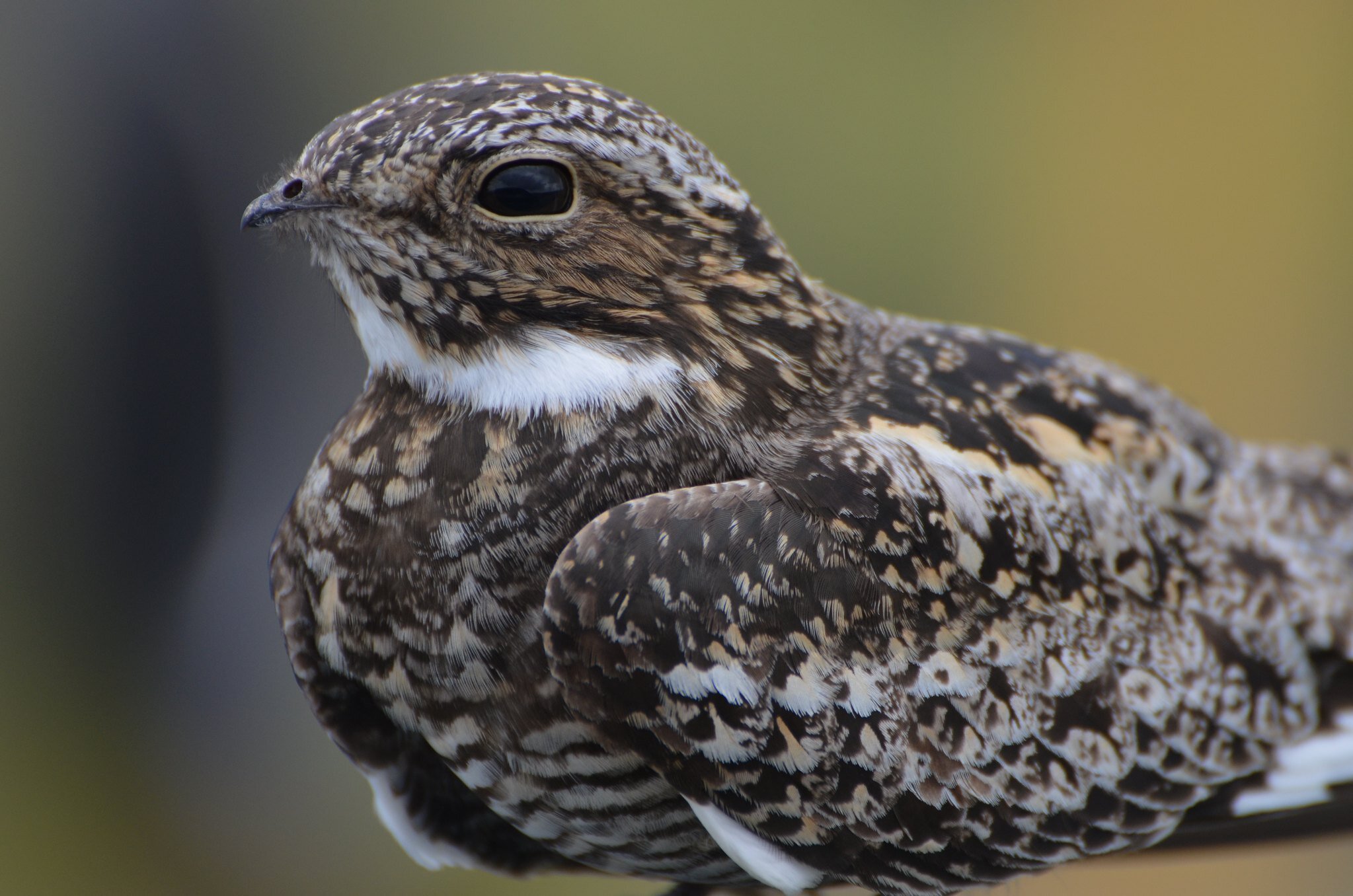A number of bird watchers reported seeing good numbers of nighthawks on Wisbirdn. Some people noted that ring-billed gulls, common green darner dragonflies in fall migration, and common nighthawks were feeding on insects. Tom Erdman wrote, “I suspect that the gulls were also taking the flying ants along with Nighthawks and Dragonflies. Warm humid weather causes this phenomenon and the flying ants emerge and take off. We see this along Green Bay and one can find Ring-billed Gulls hawking insects everywhere. Both Nighthawks and Dragonflies have migrated steady down Green Bay enjoying these feasts. I’ve seen both Merlins and Peregrines take Dragonflies in flight and eat them on the wing. Migrating Broad-winged Hawks, even in high swarming kettles can be seen snatching insects on the wing using the same thermals.”
Hawk Ridge Bird Observatory observers counted over 29,000 nighthawks this fall moving down the northshore of Lake Superior.
Sam Robbins wrote in Wisconsin Birdlife (1991) that nighthawks are an abundant fall migrant. He wrote that Hoy wrote in 1853, “For two hours before dark, these birds formed one continuous flock moving south. They reminded me, by their vast numbers, of Passenger Pigeons.”
Other reports of large numbers of nighthawks included, “An estimated 18,000 migrated past the Cedar Grove Ornithological Station in Sheboygan County on 31 August, 1958 following a movement of 6,000 the previous day. On 20 August, 1963 Norman Stone pegged the flight of birds over Crex Meadows Wildlife Area in Burnett County at 10,000. Most witnesses have been content to record “thousands” or heavy migration” instead of estimating numbers.”











